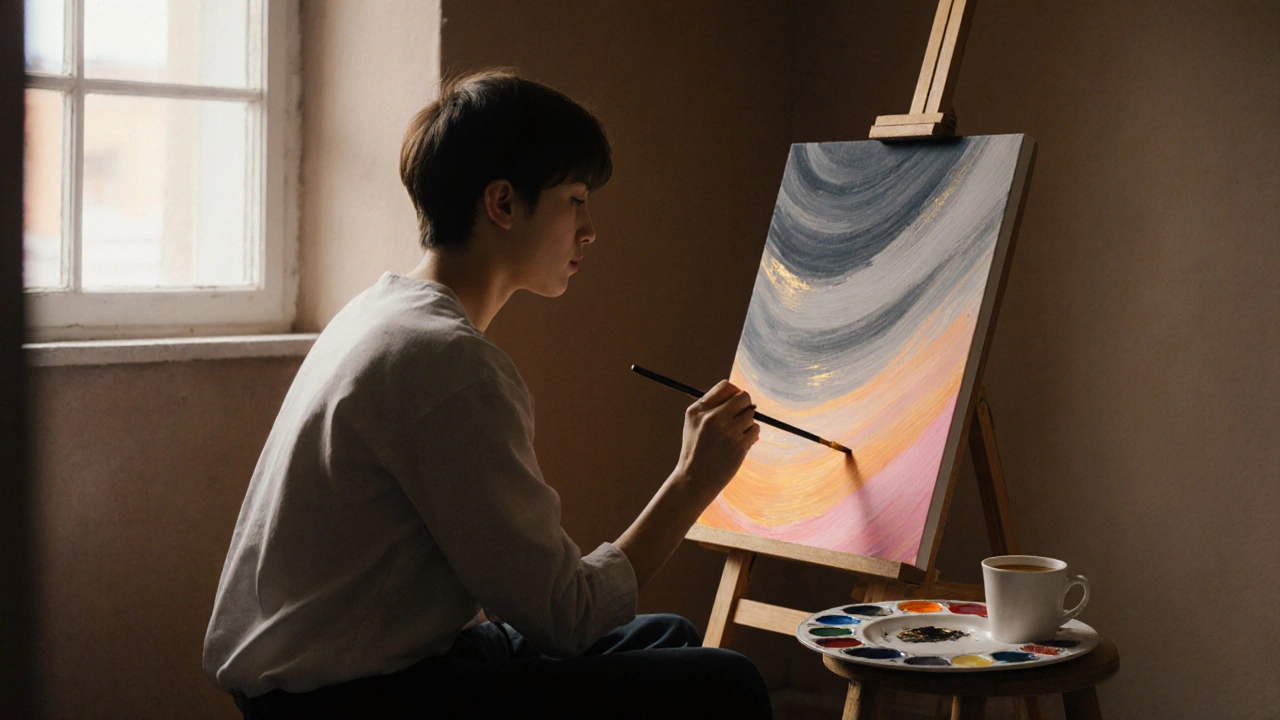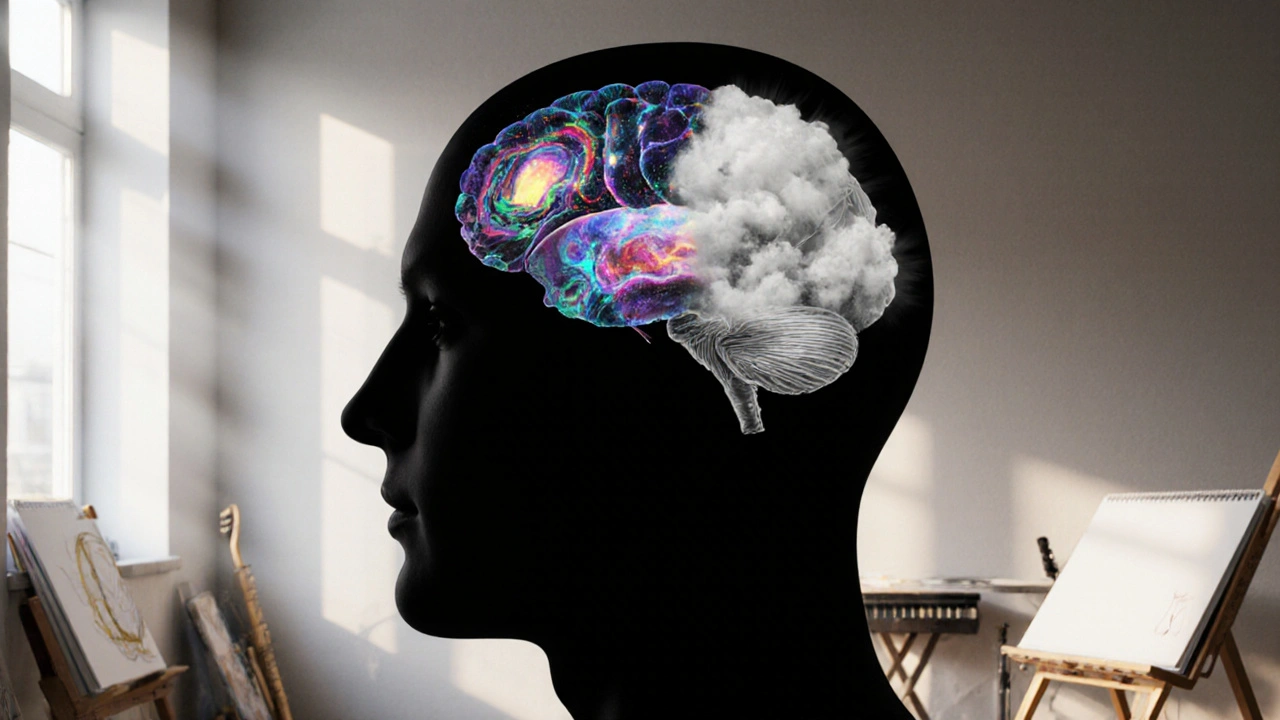Art Therapy Benefits: Real Ways Creative Expression Improves Your Health
Ever wonder why doodling in a notebook or painting on a rainy day feels so good? That’s art therapy at work. It’s not just a hobby; it’s a proven way to lower stress, lift mood, and even help with pain. Below you’ll get straight‑forward facts, simple steps to try at home, and a quick look at what the research says.
What the Science Says About Art Therapy
Studies from universities and hospitals show that spending just 20 minutes creating art can drop cortisol (the stress hormone) by up to 30 percent. One trial with adults coping with chronic pain found that regular art sessions reduced reported pain levels and improved sleep quality. Another research project with kids in schools reported better attention spans and lower anxiety after weekly art‑therapy classes.
The common thread? Making art engages the brain’s reward centers, encourages mindfulness, and gives a safe outlet for emotions that might be hard to talk about. You don’t need a fancy degree to get these benefits – just a willingness to try.
How to Start Using Art Therapy Right Now
Pick a simple tool. Grab a sketchbook, some colored pencils, or even a set of water‑color paints. The goal is to have something you can use without thinking too much about it.
Set a timer for 15‑20 minutes. Treat it like a short meditation. Focus on the process, not the result. If a line looks messy, that’s fine – it’s part of the expression.
Use prompts if you feel stuck. Try questions like “What color matches my mood today?” or “Draw a place that feels safe.” You can also follow guided activities found in our post “Creative Arts Therapies: Your Expert Guide to Healing Through Art & Expression.”
Reflect briefly. After you finish, take a minute to note how you feel. Do you feel calmer? More energized? Jot down a quick sentence in a journal.
Want a more structured program? Look at our article “Creative Arts Therapies in Child Development: Benefits, Evidence, and How to Get Started.” It breaks down how to choose a modality, safe at‑home ideas, and tips for finding a qualified therapist if you prefer professional guidance.
If you’re interested in combining art with other senses, check out “Aromatherapy Benefits for Mental Health.” Pairing calming scents like lavender with drawing can amplify relaxation.
For those battling chronic pain, our piece on “Mindfulness for Chronic Pain” shows how art can become a mindful distraction, easing flare‑ups without medication.
Remember, consistency beats intensity. Even a short daily doodle can add up to noticeable improvements in mood and stress levels over a few weeks.
Ready to give it a try? Grab your supplies, set a timer, and let the colors flow. You’ll be surprised how quickly art therapy can become a go‑to tool for a healthier mind and body.


